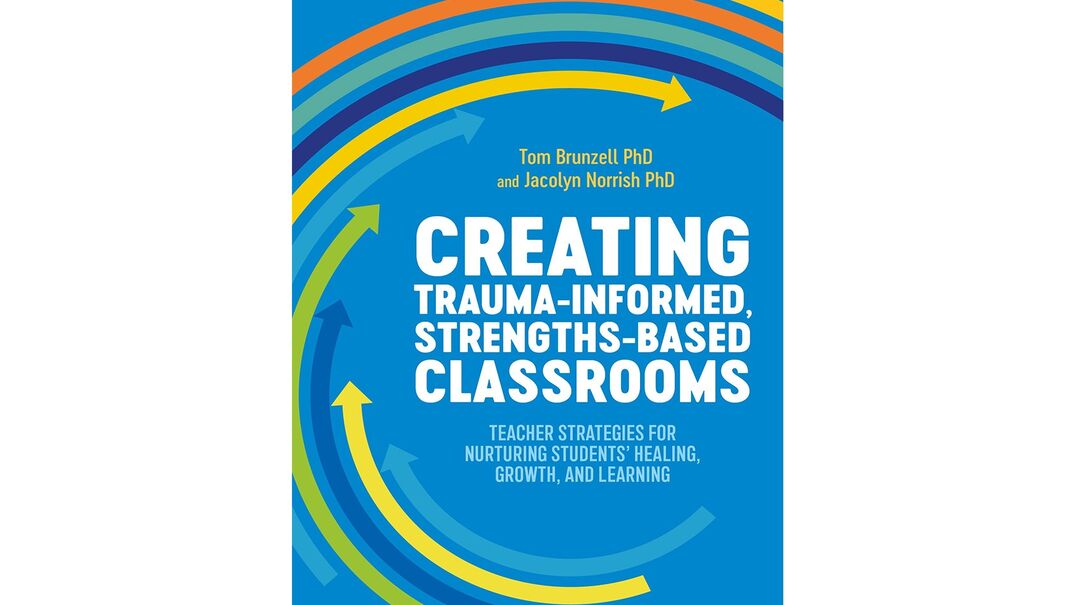Building our understanding of the power we hold as teachers is a vital first step in helping students understand how they can develop a sense of control in their lives. This is especially true for young people who have limited opportunities to see or experience socially acceptable expressions of power and control. Without appropriate and considered modelling and explicit teaching, young people may use confrontation, aggression or other anti-social forms of expressing power.
‘Prosocial’ power improves learning outcomes
Teachers draw on a number of ‘power bases’ to influence the thoughts and actions of students, parents/ carers or colleagues. Teachers are recognised as having legitimate power in the classroom based on social norms and their right to set and enforce boundaries and expectations. At times teachers may also draw on coercive power by issuing punishments or through negative feedback. These forms of power however have been shown to have a negative effect on a range of student outcomes (Reid & Kawash, 2017).
Other expressions of power by teachers can be viewed as prosocial, such as demonstrating subject matter and teaching expertise, the use of positive feedback or through empathy and human connection. The use of these prosocial expressions of power by teachers have been associated with improved student motivation, learning outcomes and teacher effectiveness and credibility (Reid & Kawash, 2017). In this way it is paramount we explore how to draw on these power bases.
Less power hierarchy can increase school belonging
How we address the power imbalance between students and teachers is important to consider when working to build school belonging. Analysis of the 2003 Programme for International Student Assessment (PISA) data, showed that cultures with less hierarchy between student and teacher had higher levels of school belonging. Alongside this, school belonging is positively associated with a range of social and physical wellbeing outcomes (Cortina, Arel & Smith-Darden, 2017).
Helping students to empower themselves
Another way of understanding our experience of personal power is through the lens of empowerment. Empowerment has long sat in the domain of youth workers as a key component for ensuring young people develop a sense of control over their lives and a belief in their value and contribution. It’s also worth remembering that some young people may have limited experiences of empowerment in any aspect of their lives.
Within a school setting it can be useful to ask ourselves “What does control, mastery and empowerment look like for a student within a learning context?” Zimmerman (1995) identified three key components of psychological empowerment. These are:
- An individual’s sense of competence, self-determination and motivation
- Sharing skills and resources to meet common goals, and
- Behavioural, such as attendance, participation and coping behaviours.
How to reduce the power imbalance
Once we recognise the power we hold as teachers and the importance of working to even the power relationship between teachers and students we can focus on how to do this. We propose considering actions that work to ‘share power’ with students, families and colleagues. This creates opportunity for students to develop the skills, sense of control and mastery required to empower themselves at school. It can also improve student teacher relationships through prosocial expressions of power. Conscious and considered actions of teachers to share power can include:
- Model prosocial expressions of power
- Collaborative approaches to setting classroom expectations and making decisions
- Build a sense of classroom community
- Use engaging teaching and learning practices
- Praise students for effort rather than outcome
- Recognise other people’s expertise, including students and families
- Tap into students’ and families’ cultural practices or ‘funds of knowledge’
- Share leadership opportunities for all students and families, particularly our most marginalised
- Maintain Unconditional Positive Regard
- Recognise and honour diversity.
Think about the power bases you use in your classrooms and how this may affect the student empowerment. Are there some you fall back on in times of stress or conflict? If you are in your most empowered state, how do you choose to express or share your power with students? Developing an awareness of power dynamics in the classroom and working to share power throughout the school community is vital for building a sense of school belonging and supporting our students to become empowered learners.
References:
Reid, L. F., & Kawash, J. (2017). Let’s talk about power: How teacher use of power shapes relationships and learning. Papers on Postsecondary Learning and Teaching: Proceedings of the University of Calgary Conference on Learning and Teaching, 2, 34-41.
Cortina, K.S., Arel, S, & Smith-Darden, J.P., (2017) School belonging in different cultures; the effects of individualism and power distance. Frontiers in Education, 2:56, 1-12.
Zimmerman, M. A. (1995). Psychological Empowerment: Issues and Illustrations American Journal of Community Psychology 23:5, 581-599.



